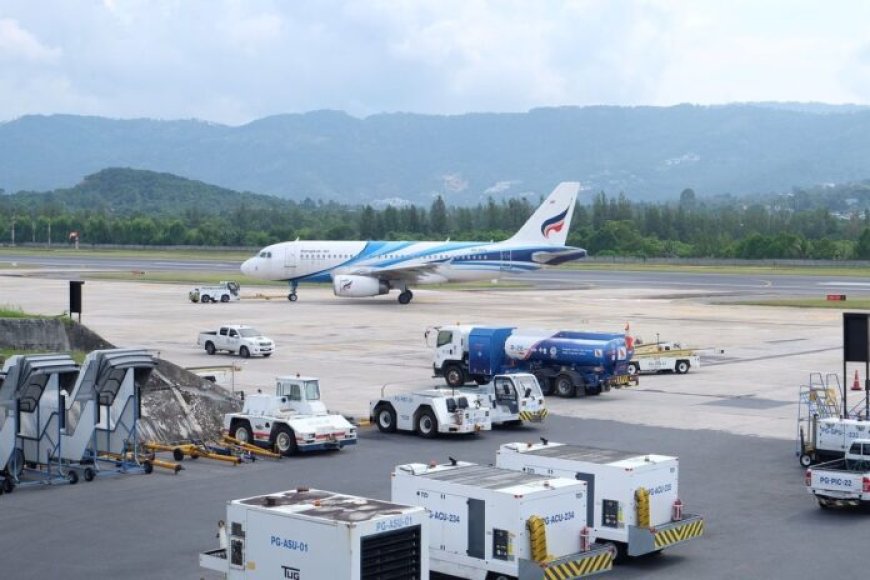the fourth quarter of 2023, the aviation industry saw robust growth. The Asia-Pacific region, which includes Thailand, saw the largest growth in passenger
Bangkok – In 2023, Thai Airways, Bangkok Airways, and Thai AirAsia all declared profits, indicating that the global aviation sector is still recuperating.
In the fourth quarter of 2023, the aviation industry saw robust growth. The Asia-Pacific region, which includes Thailand, saw the largest growth in passenger traffic, with an average growth rate of 77.2%. Numerous things contributed to this, such as the openness of China and extended vacations and festivals.
Thai Airways International Public Company Limited (THAI), which is still undergoing restructuring, has recorded a significant increase in profits. According to a report to the Stock Exchange of Thailand, THAI and its subsidiaries posted a net profit of 28,123 million baht, or 12.87 baht per share, compared to a loss per share of 0.12 baht in 2022.
THAI currently has a total of 70 aircraft in operation and offers flights to 61 destinations worldwide for the 2024 summer timetable.
Piyasvasti Amranand, President of THAI’s Rehabilitation Plan Management Committee, announced the company’s operating results for the year ended December 31, 2023. The company and its subsidiaries generated total revenue of 161,067 million baht, excluding non-recurring items. Of this, 79.3 percent came from passenger traffic which saw an increase of 53.3 percent compared to 2022 and 87 percent compared to 2019 before the COVID-19 pandemic.
Bangkok Airways Public Company Limited (BA) reported a total revenue of 21,732.5 million baht, an increase of 70.06 percent compared to 2022. The company achieved an operating profit of 3,044.7 million baht, an increase of 3,934 million baht.
Most of the revenue came from the airline ticketing business, which accounted for 68.6 percent or 14,913.8 million baht, an increase of 76.5 percent, as the number of passengers on Bangkok Airways increased significantly.
Asia Aviation Public Company Limited (AAV), the sole shareholder of Thai AirAsia Company Limited (TAA), reported total revenue of 41,241.5 million baht for the year 2023, an increase of 135%. Net profit amounted to 465.8 million baht, a turnaround from a loss of 8,214.4 million baht in 2022.
The company carried 18.9 million passengers during the year, an increase of 90 percent on the previous year. The passenger load factor was 90 percent, with domestic and international passengers accounting for 63% and 37% respectively.
Santisuk Klongchaiya, CEO of AAV and TAA, said that Thailand’s tourism industry had recovered strongly in 2023, reaching its target of welcoming 28 million tourists. This was supported by the reopening of China, the last major country to open its borders, and the gradual improvement of the global economy.
In addition, the Thai government has placed a clear focus on the tourism sector, with ongoing support projects such as visa exemptions for various countries and improvements to airport procedures to accommodate tourists. There have also been ongoing promotional campaigns for domestic tourism, which have helped airline business to recover well.
“A visa waiver agreement between the governments of China and Thailand will take effect on March 1, 2024. The tourism industry is anticipated to benefit from this, particularly Thai AirAsia, which runs the majority of the flights to China. We ran more than 103 flights every week in February, according to Santisuk.
Thai AirAsia anticipates 20–21 million passengers in 2024, assuming a nearly 90% load factor. The airline intends to increase its fleet to 60 aircraft by the end of the year and is expecting revenue growth of 20–23 percent from 2022.








